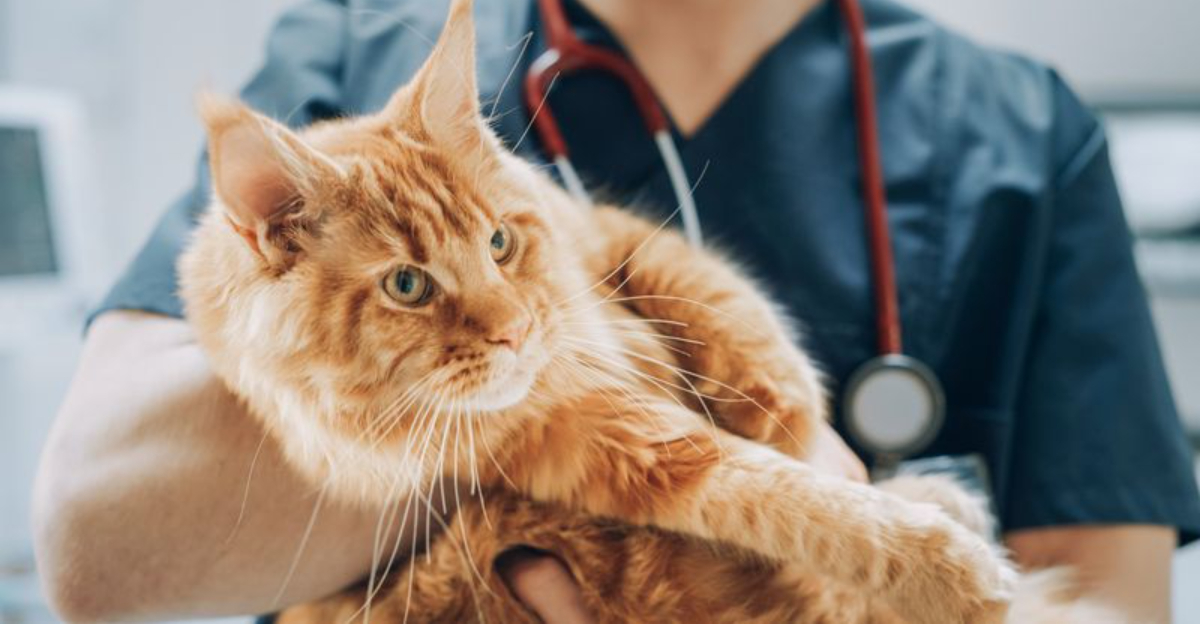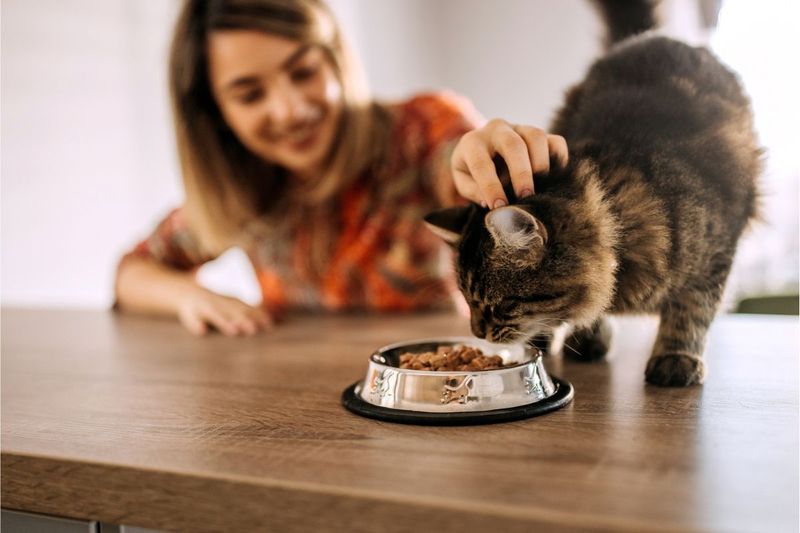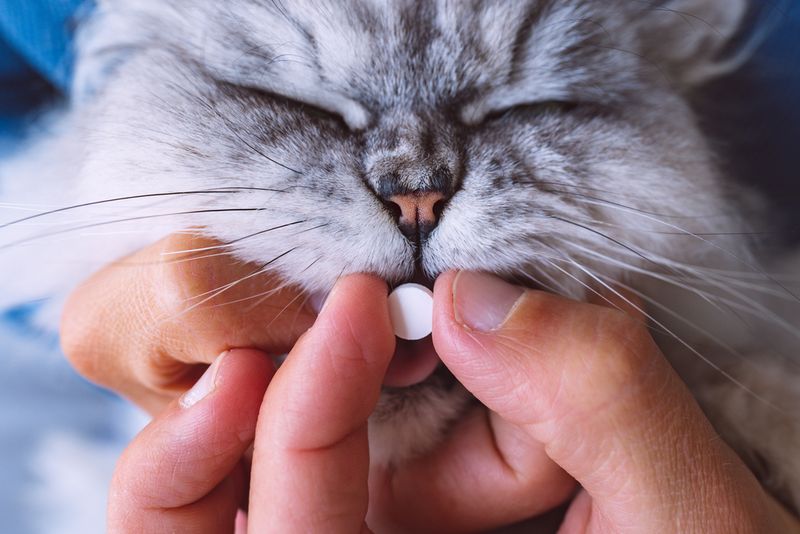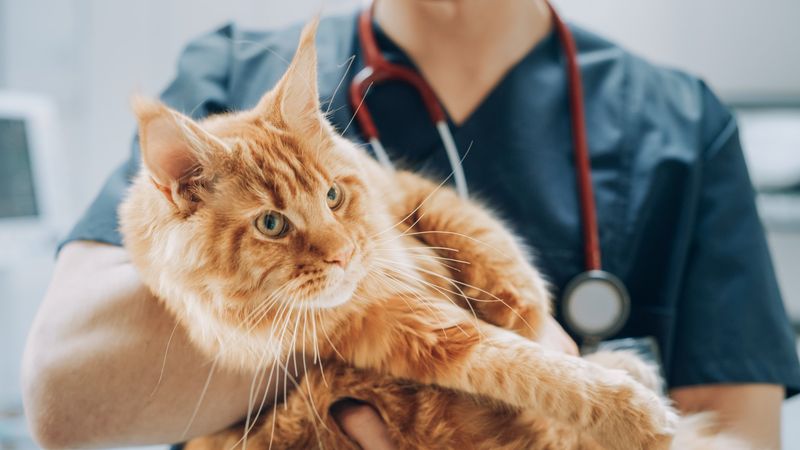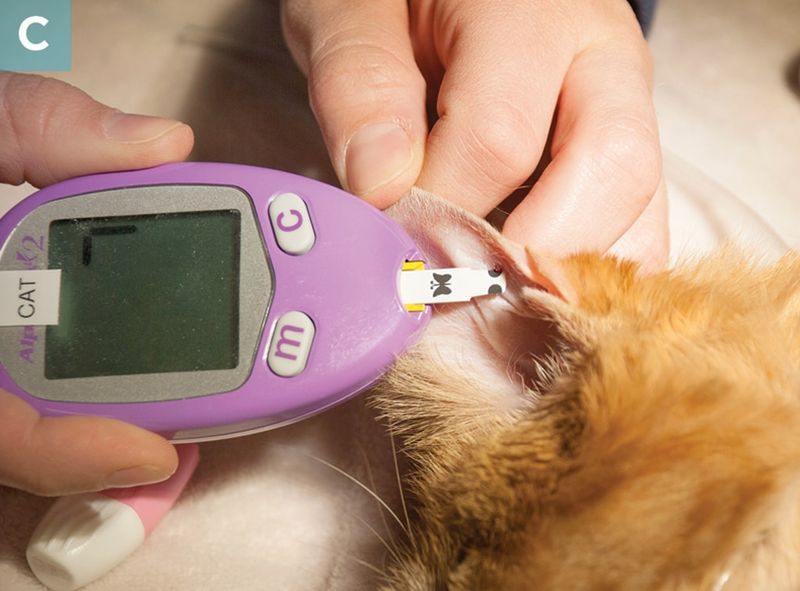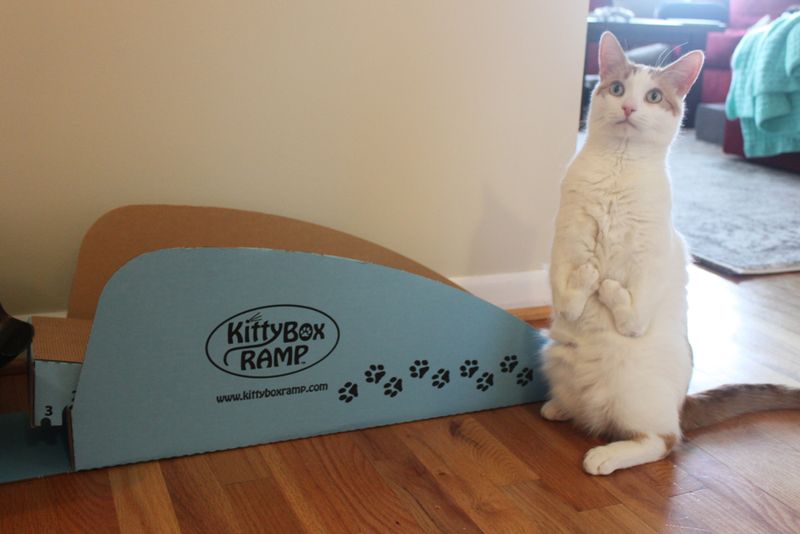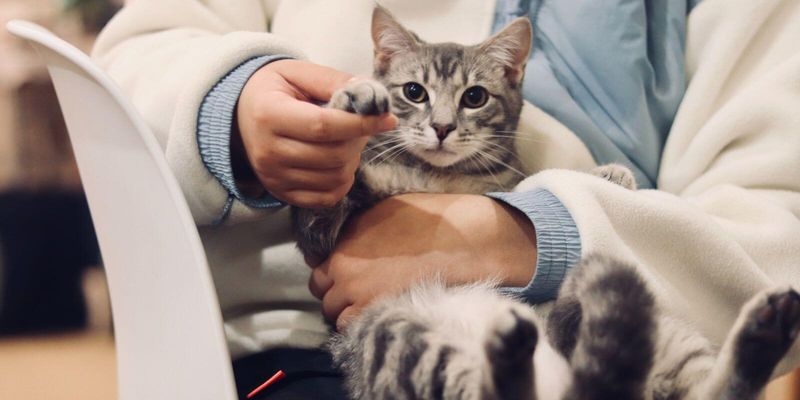📖 Table of Content:
Loving a cat with chronic health issues means embracing both emotional challenges and unexpected financial burdens. While the companionship of a special needs feline brings immeasurable joy, the reality of ongoing medical care can catch many pet parents off guard. From specialty foods to emergency vet visits at midnight, caring for a chronically ill cat often involves expenses that go far beyond routine care.
1. Prescription Diet Sticker Shock
The price tag on specialty prescription foods can make your eyes water. At $40-$80 per month, these medically necessary diets cost three to five times more than regular premium cat food.
Many cats with kidney disease, diabetes, or digestive issues require these specially formulated foods for life. The challenge multiplies in multi-cat households where you’ll either need to feed all cats the expensive food or manage separate feeding stations.
Buying in bulk helps somewhat, but these diets rarely go on sale and online subscription services offer minimal discounts. Some pet insurance plans now include prescription diet coverage, though usually with significant limitations.
2. Quarterly Blood Work Marathon
Regular blood tests become your new normal when managing conditions like diabetes, hyperthyroidism, or kidney disease. Each comprehensive panel costs between $150-$300, and many cats need testing every 3-4 months.
These aren’t optional expenses—skipping monitoring can lead to medication errors or missed warning signs. Some clinics offer wellness plans that include discounted lab work, but these often require annual commitments.
Additional costs creep in when your vet recommends specialized tests beyond standard panels. Transportation expenses add up, too, especially if your cat needs to visit specialty clinics that may be farther from home.
3. Medication Management Mayhem
Monthly medication costs can rival human prescriptions. Chronic conditions often require multiple medications—thyroid meds ($30-$60), anti-inflammatories ($40-$80), or specialized antibiotics ($50-$100) quickly add up when needed indefinitely.
Compounding pharmacies offer alternative formulations for picky cats, but these custom preparations often cost 2-3 times more than standard pills. Finding the right delivery method—pill, liquid, transdermal gel—might require trying several expensive options before discovering what works.
Online pet pharmacies sometimes offer better prices, but require vet coordination and advance planning. Emergency refills at local pharmacies typically come with premium pricing that can double your usual costs.
4. Specialist Veterinary Consultations
Regular veterinarians often refer complicated cases to specialists—cardiologists, neurologists, oncologists, or internists who charge $200-$500 for initial consultations. These experts possess invaluable knowledge but come with price tags to match their expertise.
Travel expenses compound the situation if specialists are located in larger cities hours away. Some conditions require seeing multiple specialists; a cat with both heart disease and diabetes might need both a cardiologist and an endocrinologist.
Follow-up appointments, while sometimes less expensive than initial visits, still represent significant recurring costs. Telemedicine options are emerging but typically don’t replace in-person specialist care for complex chronic conditions.
5. Home Monitoring Equipment Investment
Managing chronic conditions often requires purchasing specialized equipment for home monitoring. Diabetic cats need glucose meters ($40-$60) plus ongoing test strips ($1-$2 each, used multiple times weekly). Cats with respiratory issues might need nebulizers ($50-$150) and replacement masks.
Blood pressure monitoring equipment, specialized feeding systems, and mobility aids represent additional investments. These tools save money long-term by reducing emergency visits, but the upfront costs can be substantial.
Most equipment requires replacement parts or consumables that create ongoing expenses. Learning to use these devices properly might require additional veterinary visits for training, adding to the initial investment before you can confidently monitor your cat’s condition at home.
6. Environmental Modifications Necessity
Adapting your home for a chronically ill cat creates surprising expenses. Mobility-challenged cats need ramps ($30-$100 each) or steps to reach favorite perches. Cats with incontinence issues require waterproof bedding ($40-$80) and specialized litter boxes ($30-$150).
Heating pads for arthritis relief ($30-$50), humidifiers for respiratory conditions ($50-$200), and air purifiers for asthmatic cats ($100-$300) quickly add up. Many cats with chronic illnesses need multiple comfortable resting spots throughout the home to minimize painful movement.
Flooring modifications might become necessary—replacing carpet with easier-to-clean surfaces or adding non-slip mats. These adaptations improve quality of life but represent significant investments not covered by pet insurance.
7. Emergency After-Hours Care Crisis
Chronically ill cats have a knack for developing urgent complications outside regular vet hours. Emergency clinic visits start at $150-$200 just for examination, with total bills frequently reaching $500-$2,000 depending on needed interventions.
These facilities charge premium rates for overnight monitoring—often $100+ per night beyond treatment costs. Chronically ill cats typically experience more frequent emergencies than healthy cats, making these expenses recurring rather than rare events.
The geographic lottery affects these costs dramatically; rural pet owners might face hours of driving to reach emergency facilities. Some pet owners resort to credit cards specifically for emergency vet care or maintain separate savings accounts dedicated to these unpredictable but inevitable expenses.
